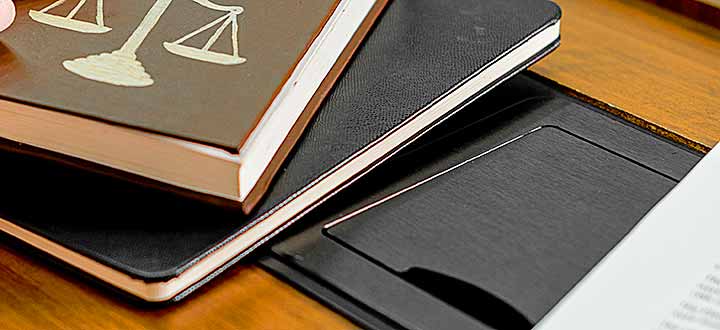-
-
八大时态是指一般现在时、一般过去时、一般将来时、现在进行时、过去进行时、过去完成时、现在完成时和过去将来时。具体内容跟小编一起来看看吧。

八大时态是什么
一、一般现在时:
概念:经常、反复发生的动作或行为及现在的某种状况。
时间状语:always,usually,often,sometimes,everyweek(day,year,month…),onceaweek,onSundays,etc.
基本结构:①be动词;②行为动词
否定形式:①am/is/are+not;②此时态的谓语动词若为行为动词,则在其前加don't,如主语为第三人称单数,则用doesn't,同时还原行为动词。
一般疑问句:①把be动词放于句首;②用助动词do提问,如主语为第三人称单数,则用does,同时,还原行为动词。
二、一般过去时:
概念:过去某个时间里发生的动作或状态;过去习惯性、经常性的动作、行为。
时间状语:ago,yesterday,thedaybeforeyesterday,lastweek(year,night,month…),in1989,justnow,attheageof5,oneday,longlongago,onceuponatime,etc.
基本结构:①be动词;②行为动词
否定形式:①was/were+not;②在行为动词前加didn't,同时还原行为动词。
一般疑问句:①was或were放于句首;②用助动词do的过去式did提问,同时还原行为动词。
三、现在进行时:
概念:表示现阶段或说话时正在进行的动作及行为。
时间状语:now,atthistime,thesedays,etc.
基本结构:am/is/are+doing
否定形式:am/is/are+not+doing.
一般疑问句:把be动词放于句首。
四、过去进行时:
概念:表示过去某段时间或某一时刻正在发生或进行的行为或动作。
时间状语:atthistimeyesterday,atthattime或以when引导的谓语动词是一般过去时的时间状语等。
基本结构:was/were+doing
否定形式:was/were+not+doing.
一般疑问句:把was或were放于句首。
五、现在完成时:
概念:过去发生或已经完成的动作对现在造成的影响或结果,或从过去已经开始,持续到现在的动作或状态。
时间状语:recently,lately,since…for…,inthepastfewyears,etc.
基本结构:have/has+done
否定形式:have/has+not+done.
一般疑问句:have或has提到句首。
六、过去完成时:
概念:以过去某个时间为标准,在此以前发生的动作或行为,或在过去某动作之前完成的行为,即“过去的过去”。
时间状语:before,bytheendoflastyear(term,month…),etc.
基本结构:had+done.
否定形式:had+not+done.
一般疑问句:had提到句首。
七、一般将来时:
概念:表示将要发生的动作或存在的状态及打算、计划或准备做某事。
时间状语:tomorrow,nextday(week,month,year…),soon,inafewminutes,by…,thedayaftertomorrow,etc.
基本结构:①am/is/are/goingto+do;②will+do.
否定形式:①am/is/are+notgoingto+do;②will+not+do
一般疑问句:①am/is/are放于句首;②will提到句首。
八、过去将来时:
概念:表示从过去某一时间看的将要发生的动作或存在的状态及打算、计划或准备做某事。
时间状语:thenextday(week,month,year…),soon,inafewminutes,etc.
基本结构:①was/weregoingto+do;②would+do.
否定形式:①was/were+notgoingto+do;②would+not+do
一般疑问句:①was/were放于句首;②would提到句首。
时态结构用法汇总
1、一般现在时:动词+原形
2、一般过去时:was/were;动词变过去式
3、现在进行时:am/is/are+doing
4、过去进行时:was/were+doing
5、现在完成时:have/has+done
6、过去完成时:had+done
7、一般将来时:am/is/are/going to+do;will/shall+do.
8、过去将来时:was/were/going to+do;would/should+do.